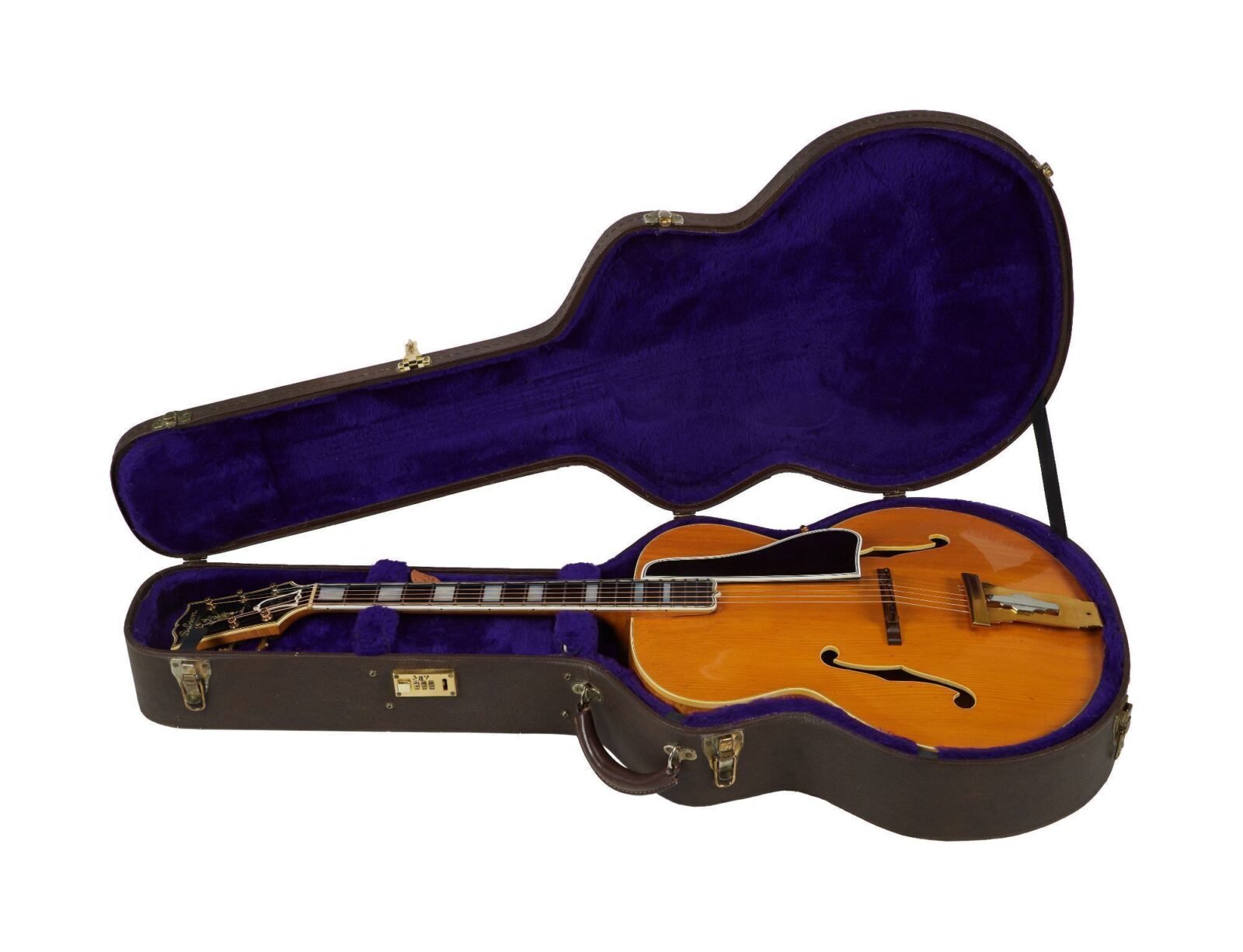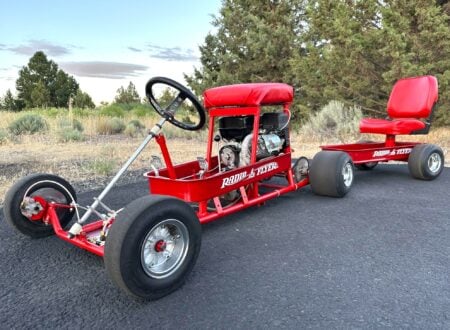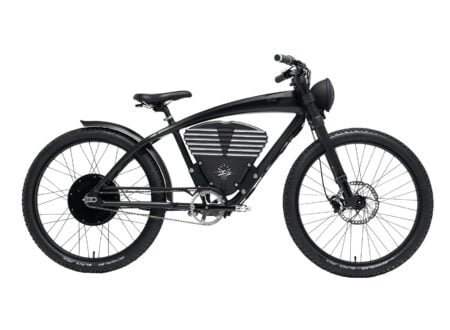This is a 1939 Gibson L-5 archtop guitar that belonged to Sister Rosetta Tharpe, a highly-influential musician who is often called the “Godmother of rock and roll.”
Tharpe played this Gibson L-5 extensively in her early performing career, from the year WWII broke out in 1939 until around 1952 when she switched over to the Gibson Les Paul solid body, and later to the Gibson SG.
Above Video: This is Sister Rosetta Tharpe performing Didn’t It Rain, one of her most famous songs and a track that directly influenced some of early rock n’ roll’s greatest performers.
Who Was Sister Rosetta Tharpe?
Sister Rosetta Tharpe (March 20, 1915 – October 9, 1973) was an American singer, songwriter, and guitarist whose music blended gospel with rhythm and blues, jazz, and early rock and roll.
Born in Cotton Plant, Arkansas, Tharpe grew up singing in church with her mother, a traveling evangelist. By her teens, Tharpe was performing in gospel circuits, where her charismatic stage presence and guitar skill quickly set her apart. She was one of the first musicians to electrify her guitar in gospel music, pioneering a new sound that would heavily influence the future of rock and roll.
In the 1930s and 1940s, Tharpe gained national fame with hits like “This Train” and “Rock Me,” bringing gospel music to nightclubs and concert halls, this was a bold move that challenged the social and religious norms of the time.
Known for her energetic performances, she captivated audiences with her fiery, soulful voice and virtuosic guitar playing, often playing single-string melodies and bending notes in a way that foreshadowed the distinctive rock and roll style of the 1950s.


Her groundbreaking approach left an indelible mark on artists across genres. Musicians like Elvis Presley, Johnny Cash, Chuck Berry, Jerry Lee Lewis, Isaac Hayes, Aretha Franklin, and Little Richard cited her as a major influence on their work.
Despite the challenges of being a Black female musician in a segregated America, Tharpe toured widely, even performing for soldiers during World War II and later touring Europe, where her popularity soared.
Though often underrecognized, her contributions to music are celebrated today, and she was posthumously inducted into the Rock and Roll Hall of Fame in 2018, forever establishing her title as the “Godmother of Rock and Roll.”
The 1939 Gibson L-5 Archtop Guitar Shown Here
The Gibson L-5 is an archtop guitar that was first introduced in 1923. It’s been cited as the first guitar to feature “F-holes,” those openings in the front that are reminiscent to a violin or a cello.
The L-5’s construction and design took a lot of inspiration from cellos, essentially piggybacking on the centuries of trial and error that went into getting the best possible natural amplification.
After using this guitar for 12 years, including in many major shows and in a number of recorded videos, Sister Rosetta Tharpe would switch over to Gibson solid body electric guitars from around 1951, including the Les Paul and the SG.
Above Video: This 11 minute episode from Polyphonic does an excellent job of explaining just how important and influential Sister Rosetta Tharpe really was.
This guitar is now being offered for sale by Julien’s with a brown Gibson hardshell case with a purple interior, end pin, the sleeve from a set of D’Addario Phosphor Bronze 13-56 strings, a 2004 letter from Mandolin Bros. of New York detailing the condition and consignment process, as well as a copy of a 1990 advertisement posted for the guitar.
If you’d like to read more about it or register to bid you can visit the listing here. We expect bidding to be brisk, given the fact that music played on this guitar directly inspired many of the most famous names in rock n’ roll history.
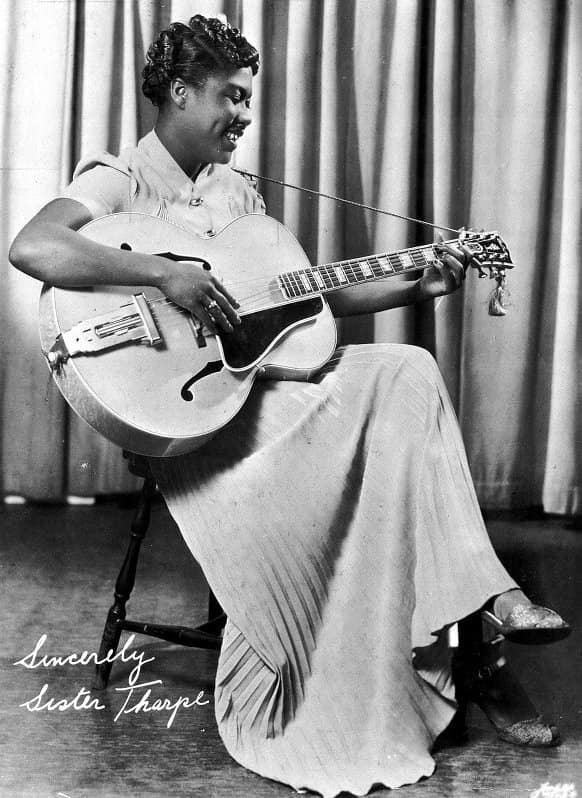
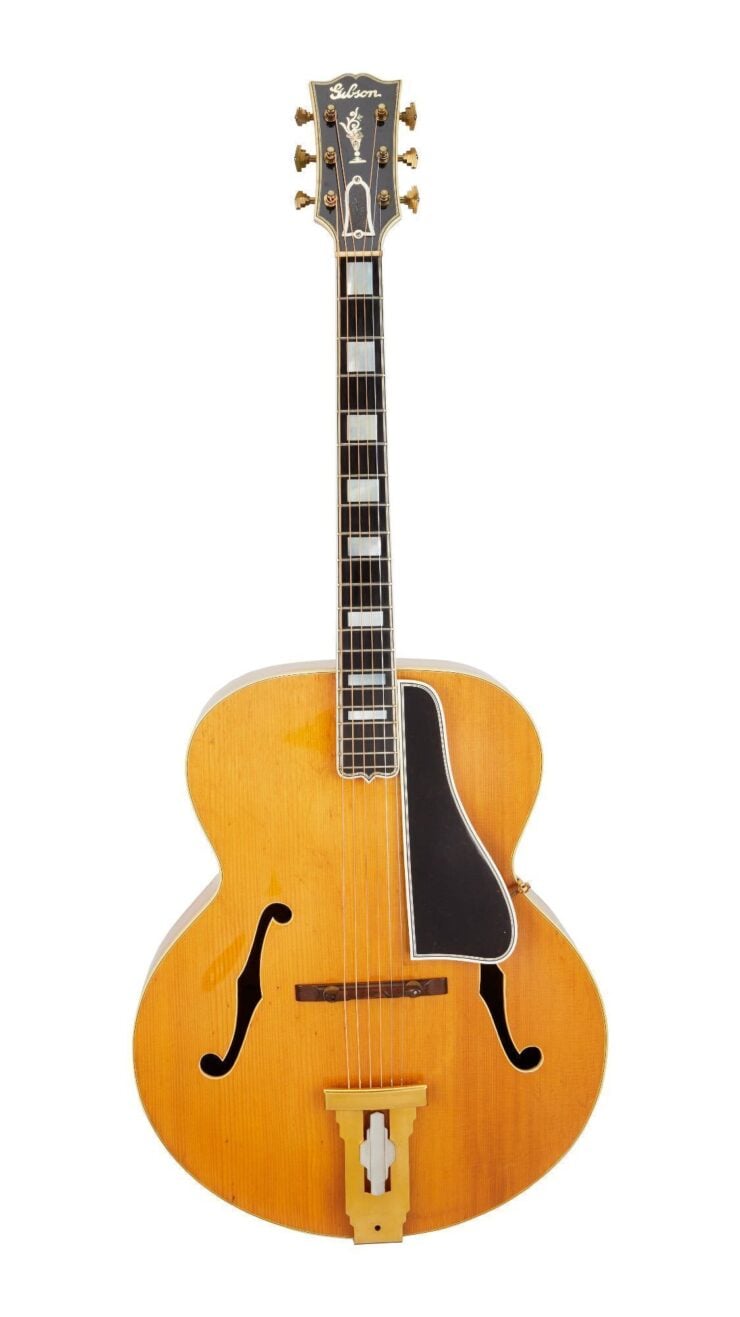
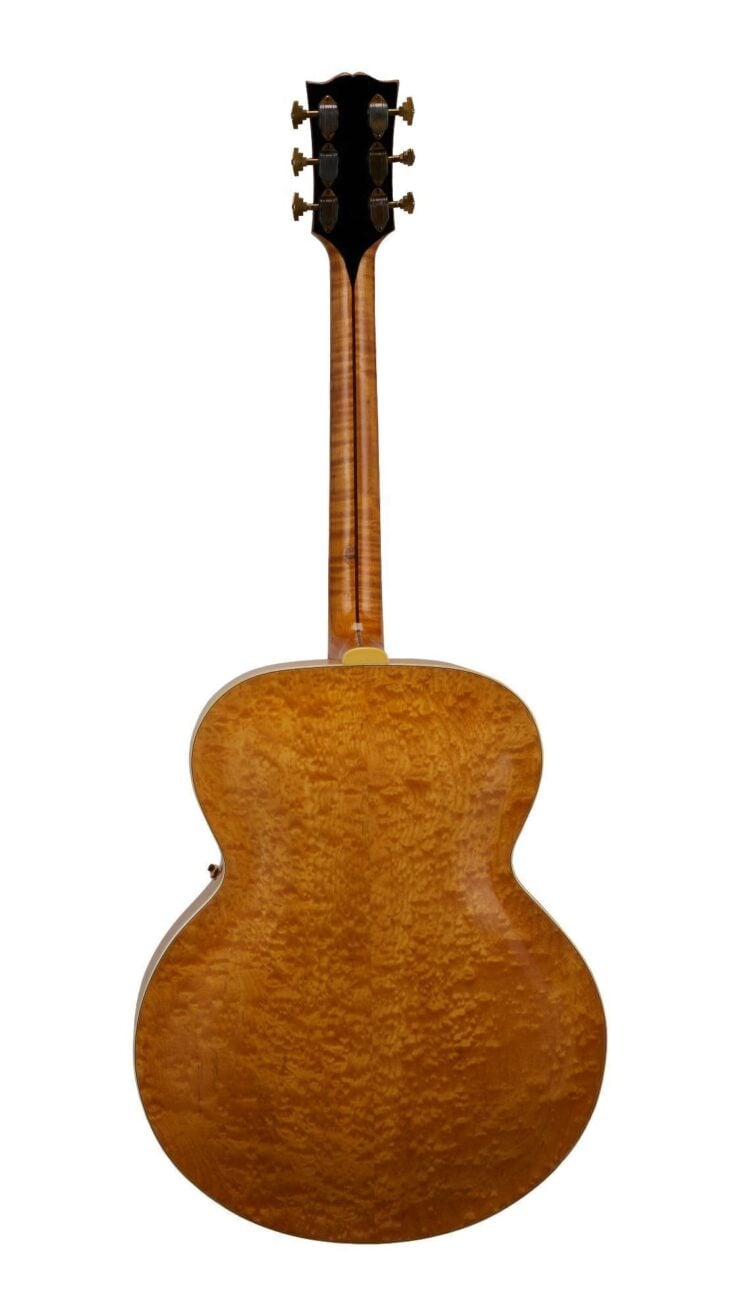
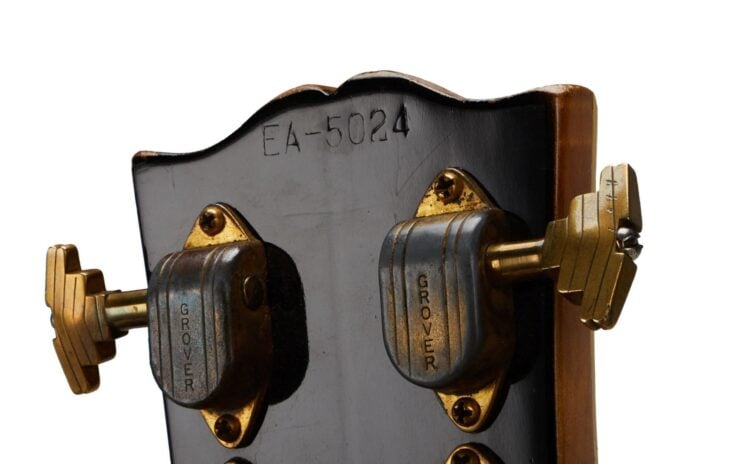
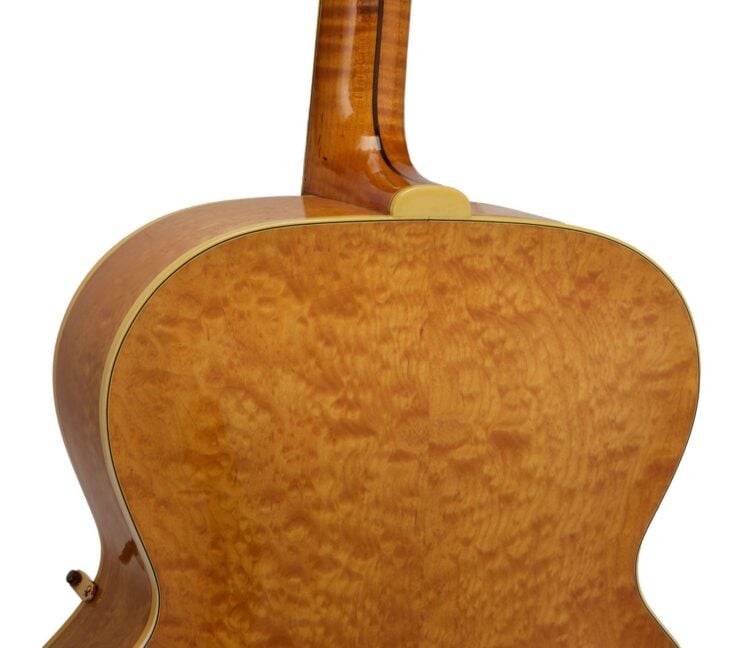
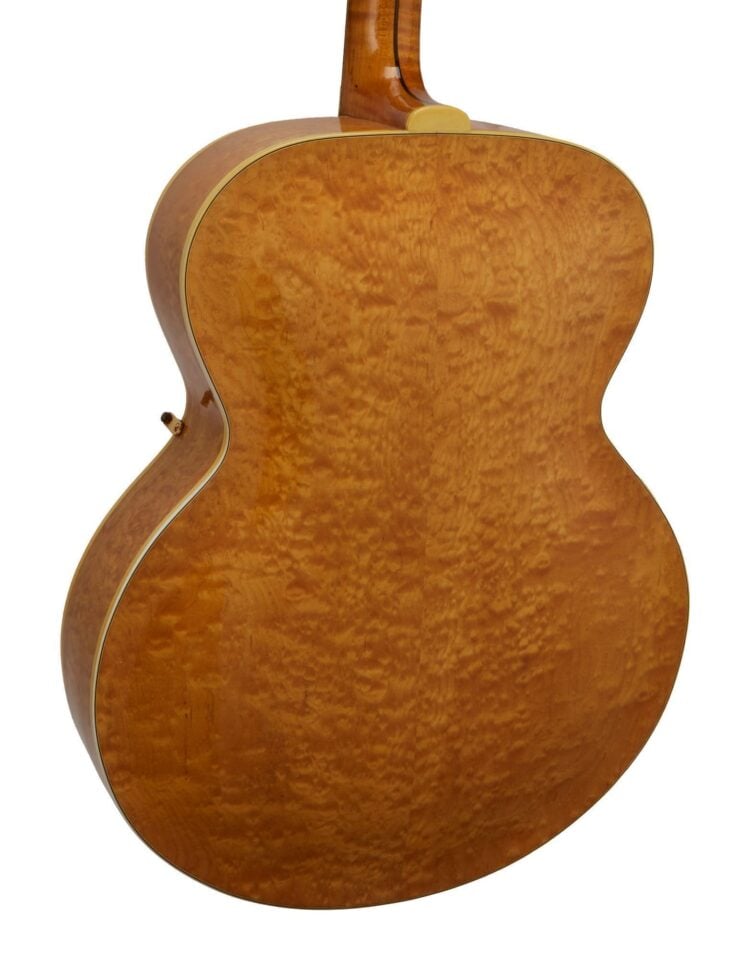

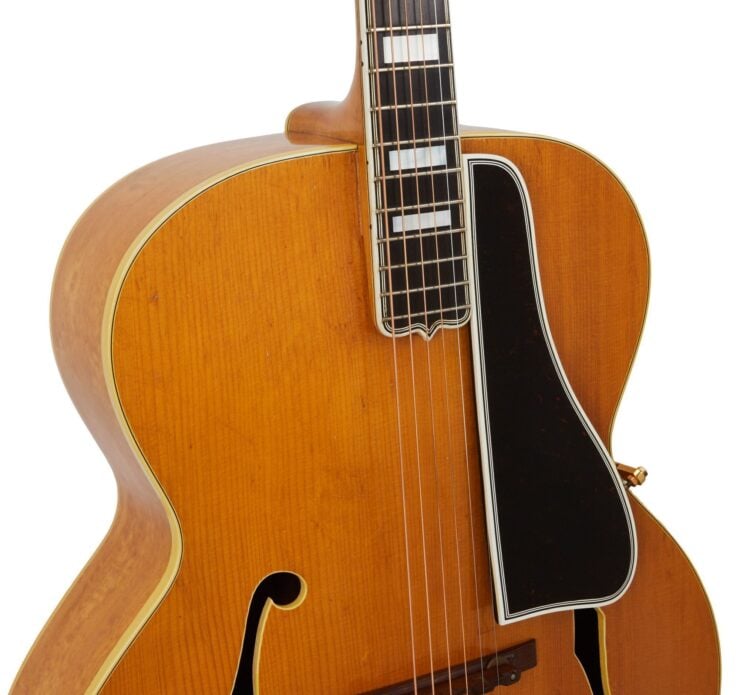
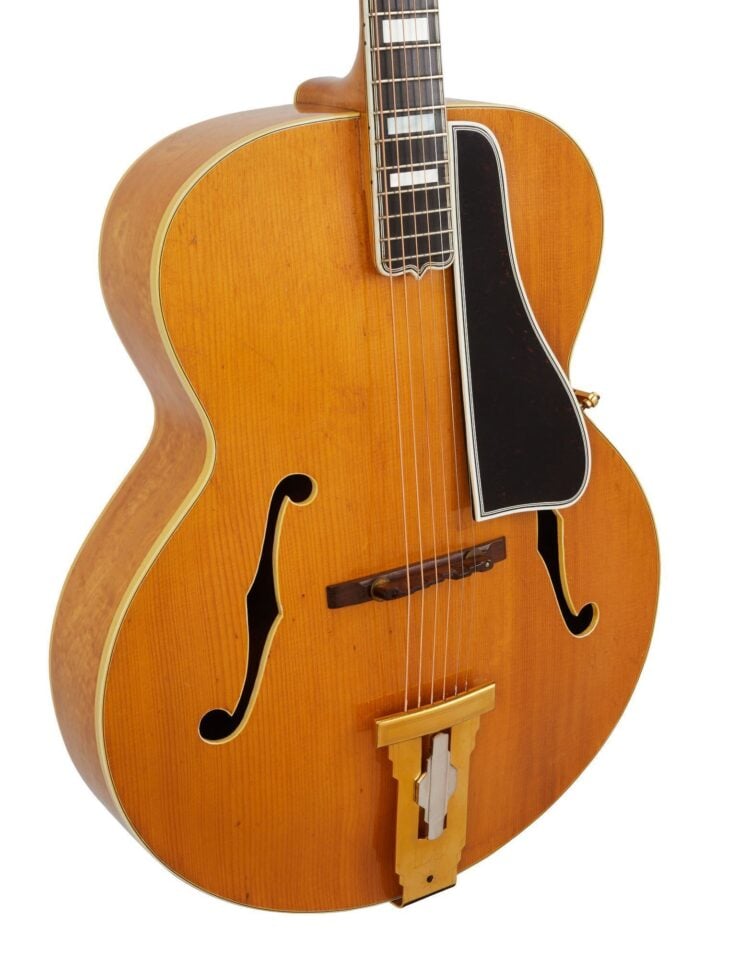

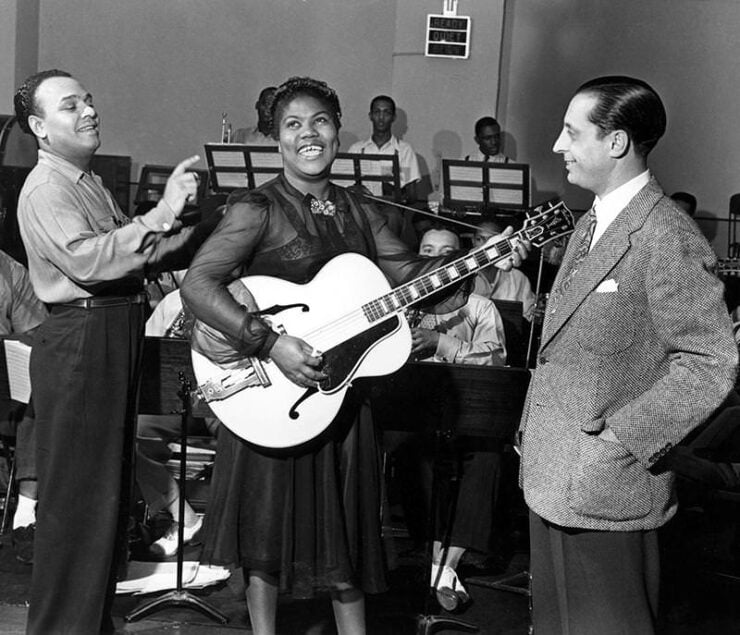
Images courtesy of Julien’s and the Sister Rosetta Tharpe Archives

